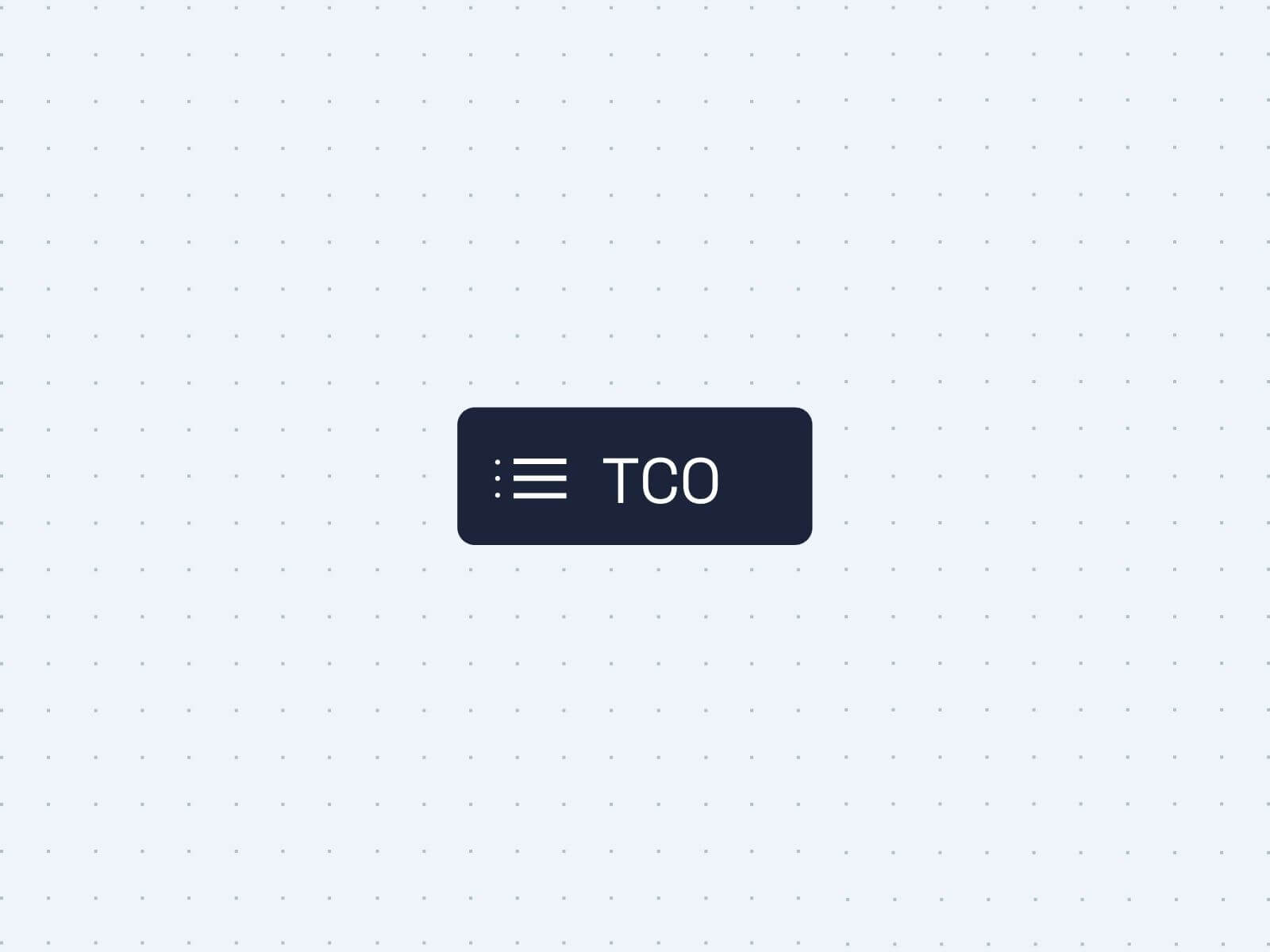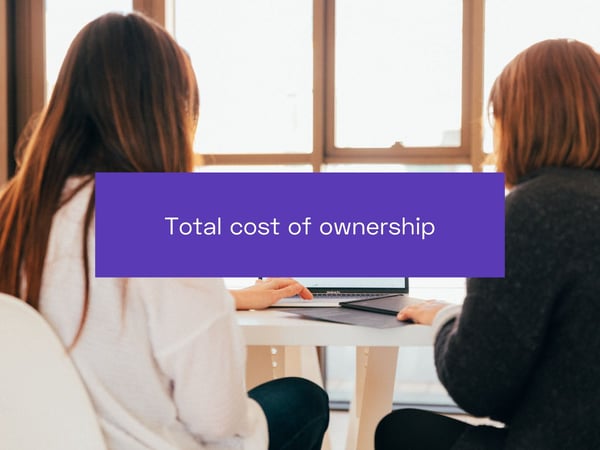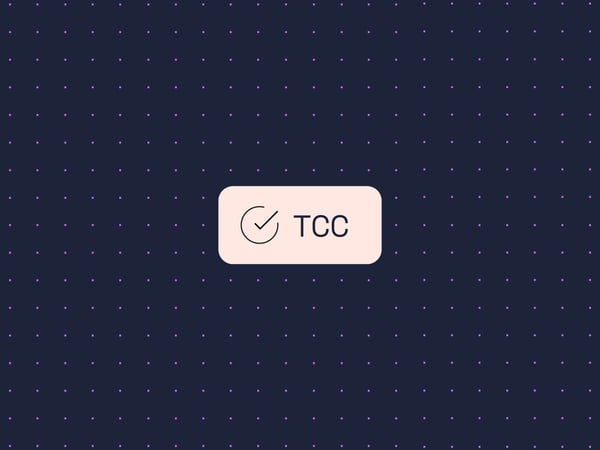TCO (Total Cost of Ownership) can be translated as the total cost of ownership, and is a business economics term used to calculate the total cost of an investment decision. Total cost of ownership takes into account both direct and indirect costs; e.g. purchase price, interest, warehousing costs, maintenance costs, spare parts, transport costs, and more. TCO is used when you want to ascertain a holistic and long-term perspective on an investment, and be able to compare different solutions, financing methods, etc.
Examples of how you can use TCO
A personal finance example could be the purchase of a boat. The purchase price is, of course, important (it affects, for example, the interest rate, if you take out a loan to finance the investment); but you must include maintenance costs, to keep the boat in good condition, on an ongoing basis; operating costs, which will depend on how you plan to use the boat; insurance costs; rental opportunities; berthing fees; to name but a few. All this could be included in the boat's TCO. This example would then represent, in large part, your total investment, the day you sell the boat, and sums up all expenditures. In other words, the boat's popularity, plus it’s second-hand value, would be the totally crucial determining factors in calculating what your boating vacations have cost!
When evaluating different avenues of securing system support, for digitizing business processes, TCO is a very good approach to gaining a holistic viewpoint.
In calculating, you need to include initial and re-occurring licensing costs, include costs for implementation projects and any adjustments, and for personnel training. One needs to take into account the costs of the ongoing changes required to maintain a functioning system, over time, and any updates required to deal with revised or new requirements. In some cases, major mandatory upgrade projects are also required; if the system provider does not have an iterative process for further development, but works rather with major releases. In the event that you choose to handle your own server maintenance, costs will be added to your data center, or to a cloud provider. You then need to include costs for monitoring, patching operating systems, the replacement of hardware that stops working, and so on.
If you choose a solution that includes both maintenance and further development - also called, “Software as a Service” (SaaS), all types of operating costs, and costs for continuous upgrades, are usually included. This makes TCO easier to calculate, and oftentimes lower, as well.



